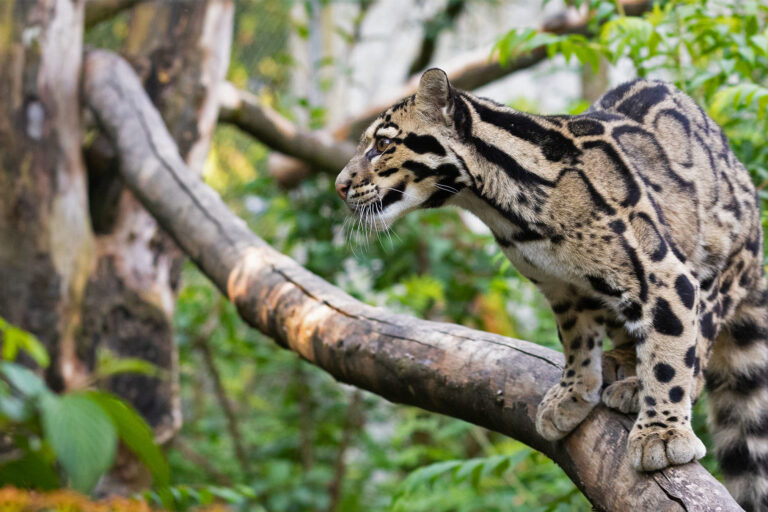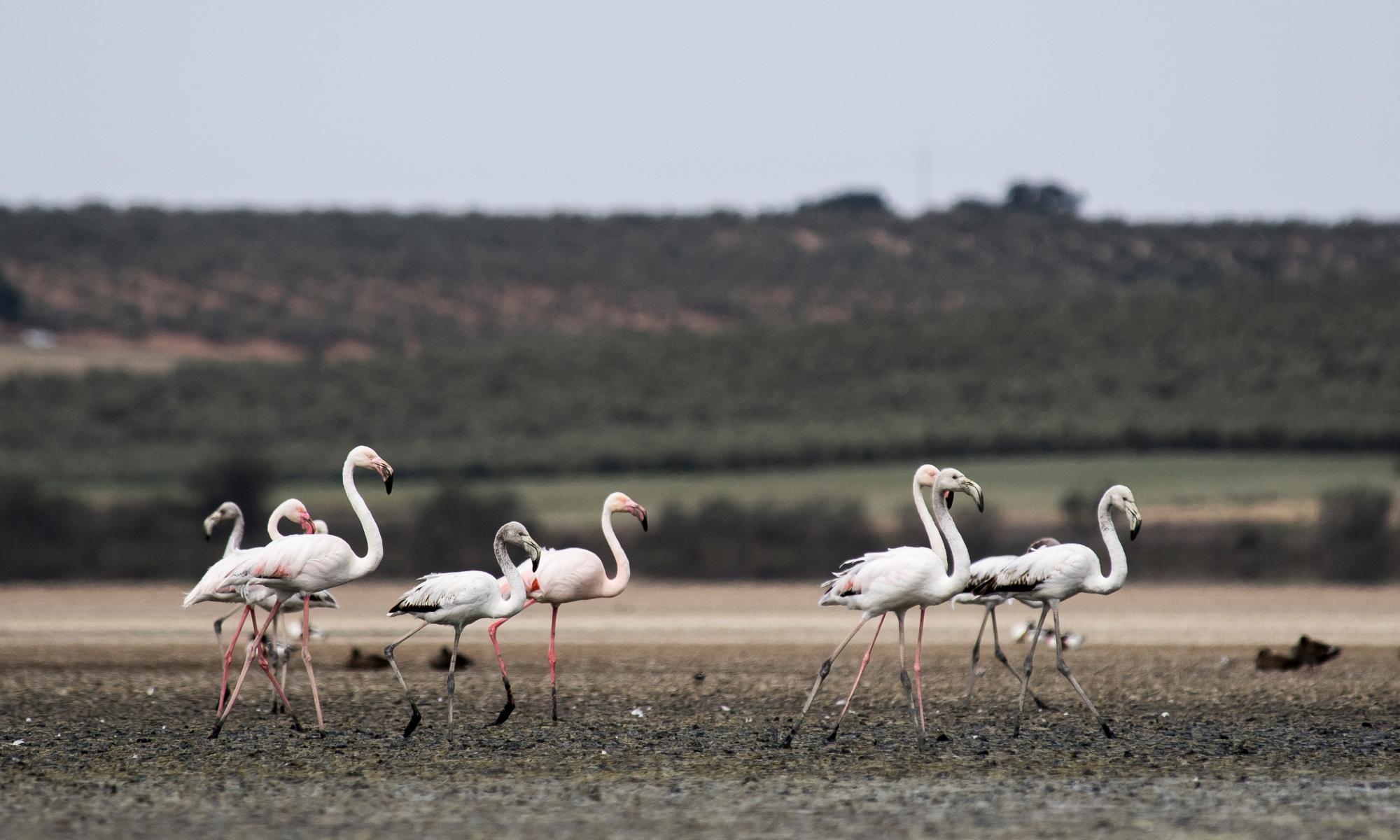HS2 will destroy or irreparably damage five internationally protected wildlife sites, 693 local wildlife sites, 108 ancient woodlands and 33 legally protected sites of special scientific interest, according to the most comprehensive survey of its impact on wildlife.
Swaths of other irreplaceable natural habitat will be lost to the new high-speed line, with endangered wildlife such as willow tit, white-clawed crayfish and dingy skipper butterfly at risk of local extinction.
The study, drawn from data provided by 14 local Wildlife Trusts and other charities and landowners along the route including the National Trust and the Woodland Trust, says HS2 will also cut through 26 large landscape-scale conservation efforts and damage other wildlife-rich habitats including wetlands, veteran trees, wildflower meadows and historic wood pasture.
The Wildlife Trusts urged the prime minister to “stop and rethink” the £100bn project, which the organistation says will also destroy carbon-capturing habitats and “damage the very ecosystems that provide a natural solution to the climate emergency”.
The government’s 25-year plan for the environment includes a commitment for “environmental net gain” in infrastructure projects and HS2 has pledged there will be no net loss of biodiversity along the whole route. But the Wildlife Trusts said this was “unachievable under current plans”.
“The figures are grim and the reality is worse,” said Nikki Williams, the Wildlife Trusts’ director of campaigns and policy. “The data also shows that HS2 Ltd’s proposed mitigation and compensation is inadequate and the small measures that they have suggested are inappropriate – amateurish suggestions of paltry measures in the wrong places. Nature and our climate are already in big trouble and we must not make a dire situation even worse.”

Chris Packham, the broadcaster who is also campaigning against HS2, said: “We are all just sat watching Australia burn thinking, ‘Ah well, that couldn’t happen in our backyard.’ Well, it could and something like it will unless we wake up and take some action. But besides, we don’t need a colossal wildfire to wreck our environment – we can hand over £100bn to a bunch of clowns on the pretext of improving rail infrastructure in the unforeseeable future and let them trash a significant part of our beautiful natural national heritage.”
Five internationally protected wildlife sites are at risk from the three phases of the line from London to Birmingham and on to Manchester and Leeds, including three special areas of conservation and two Ramsar sites, which are wetlands of international importance.
As well as the damage or destruction of 693 local wildlife sites covering an area the size of Leeds, 18 Wildlife Trust nature reserves are at risk and the line divides four taxpayer-funded “nature improvement areas” and 22 “living landscapes” such as Bernwood Forest and Ray Valley living landscape in Buckinghamshire, a partnership between the Wildlife Trusts and landowners which aims to allow wildlife to better travel through and flourish across a wider area.
Species at risk include the possible extinction of the dingy skipper butterfly in Derbyshire, barn owls, rare bats such as Bechstein’s, and otters in the Erewash and Trent.
Although HS2 has proposed a green corridor along the route, the Wildlife Trusts said it was inadequate and not ambitious enough. The charity said it was “deeply concerned” that HS2 had removed its intention to “minimise the combined effect of the project” on climate change and the environment from its policy.
Williams added: “The government has pledged to create a Nature Recovery Network – a commitment to reverse wildlife’s decline by creating more habitat and green arteries that allow nature to spread and thrive once more. Developments like HS2 should not be a permanent barrier to wildlife – they should be designed to enhance, not harm, the environment. It’s not too late to stop and rethink now – before HS2 creates a scar that can never heal.”
Lord Berkeley, the deputy chair of an independent review of HS2 commissioned by the government, said in his “minority” report: “Compared to improving existing lines, HS2 is not good for the environment, and HS2 Ltd has exacerbated the situation by its appalling treatment of stakeholders, residents, businesses and councils in the areas over which it plans to construct the lines.”
An HS2 spokesman disputed the figures in the report, saying the data was not new and that it included all sites within 500m of the line regardless of how they were affected.
He said: “All leading wildlife organisations agree that climate change is the biggest future threat to wildlife and habitats in the UK. By providing a cleaner, greener way to travel, HS2 will help cut the number of cars and lorries on our roads, cut demand for domestic flights, and help the country’s fight against climate change.
“The number of sites presented in this report as being ‘at risk of loss, or significant impact’ simply isn’t accurate. HS2 take the environmental cost of construction very seriously. That is why we’re delivering an unprecedented programme of tree planting and habitat creation alongside the new railway – with 7m new trees and shrubs set to be planted between London and Birmingham alone – new native woodland planted to link up ancient woodland, and tailored mitigation plans in place for protected species.”


